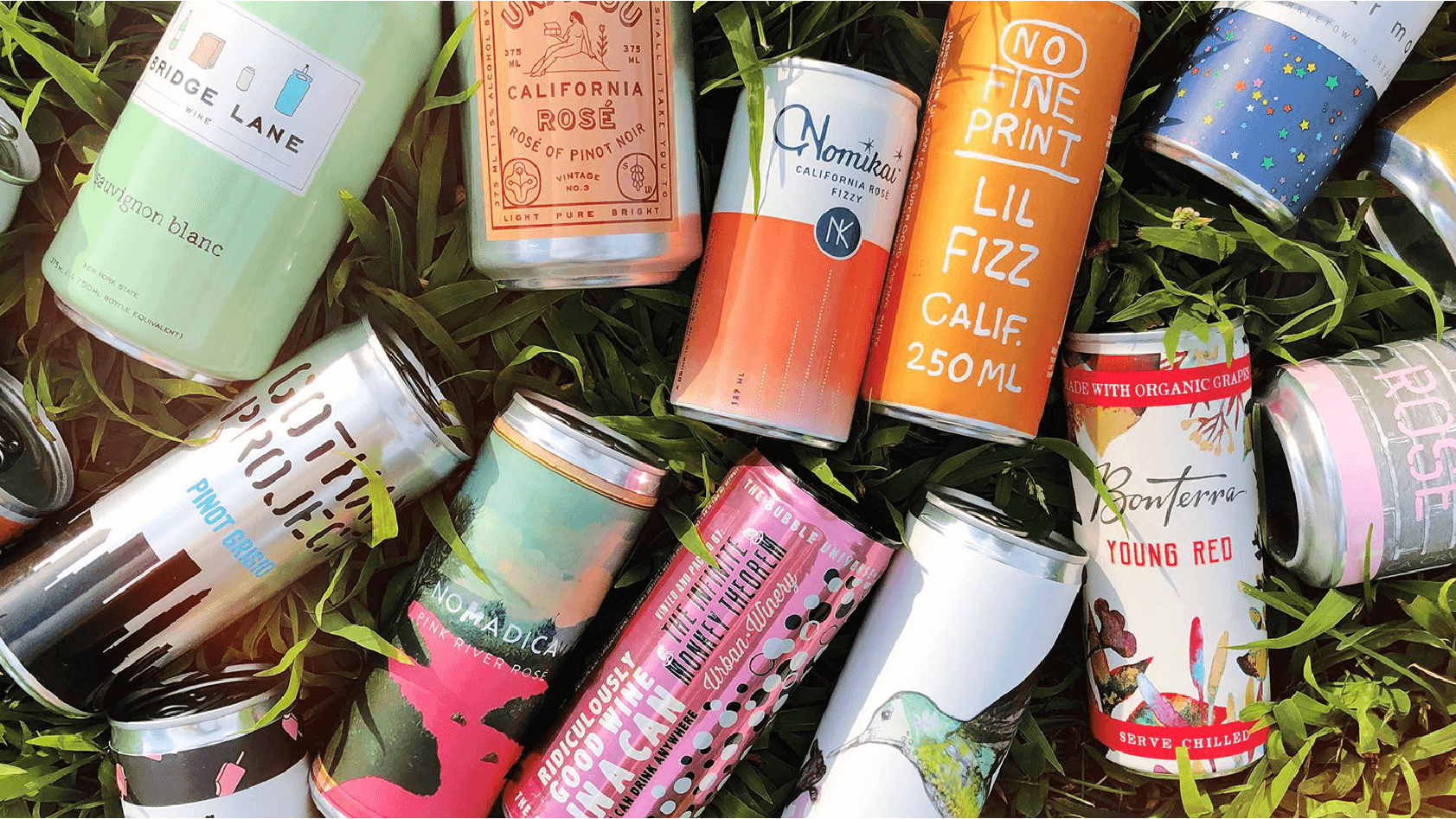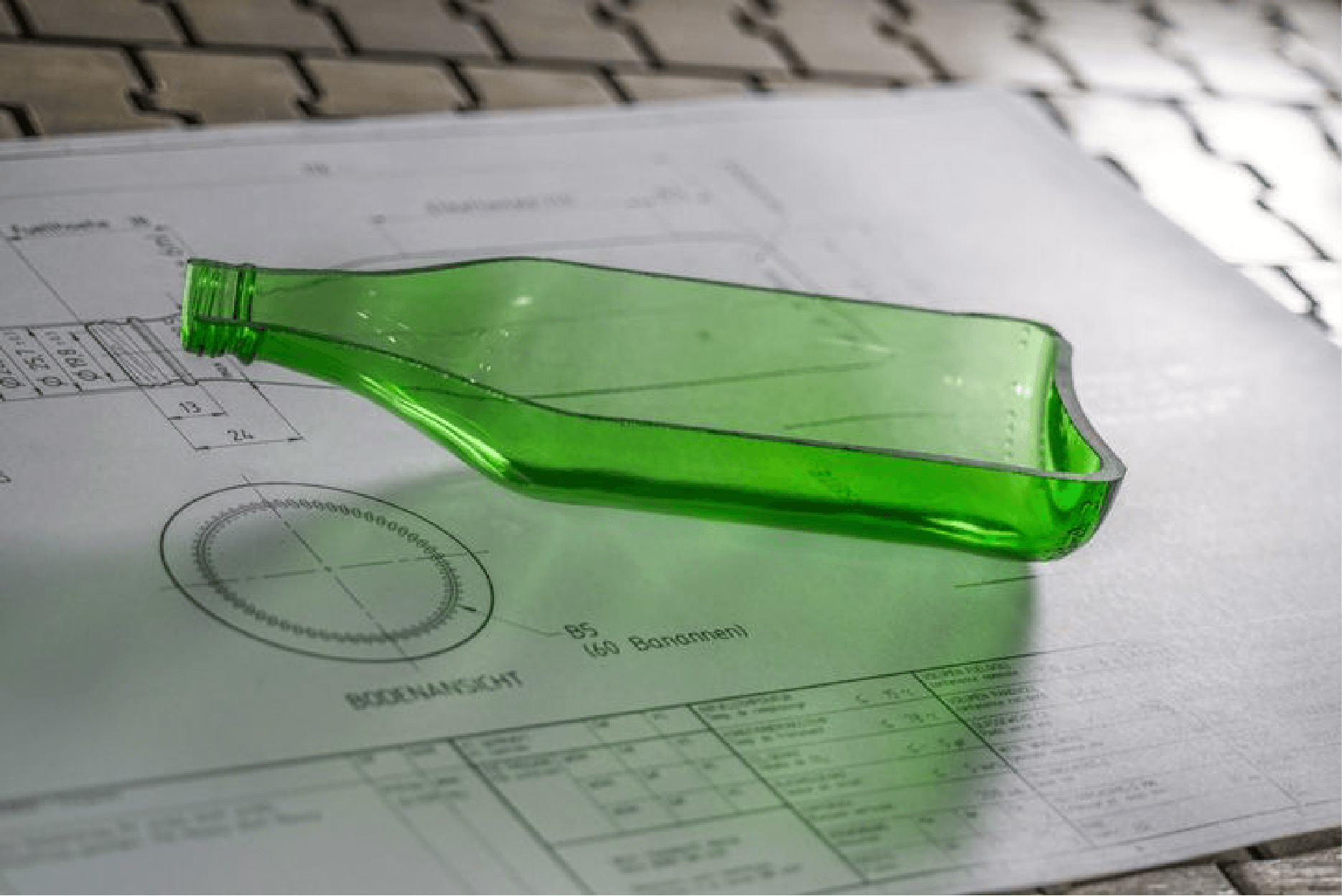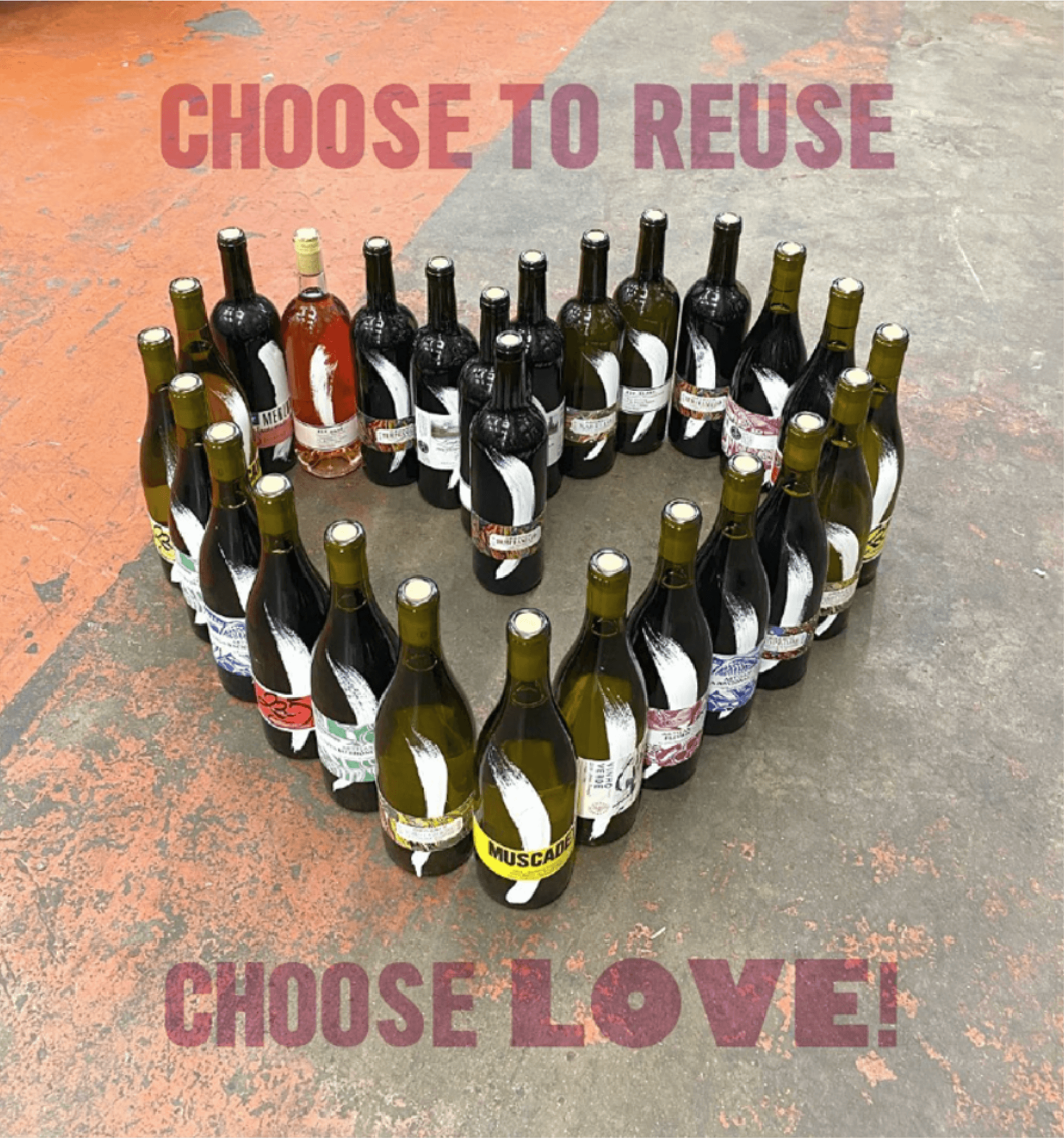The last few years have seen a significant change in consumer attitude towards sustainability, further intensified through the pandemic. This change in mindset applies to most categories – therefore, not surprisingly, also to wines. According to a recent US survey, 90% of consumers would be willing to pay more for sustainably produced wine [1]. However, despite their willingness, most wine drinkers are actually quite confused.
As a matter of fact, the environmental impact of producing wine is larger than most consumers expect. Vineyards damage ecosystems, carbon footprint of global winemaking is excessive, and over six gallons of water are required to produce a single gallon of wine [2].
But sadly (and ironically) wine is also severely impacted by climate change. Growers in northern Italy have seen sunburnt crops with increasing frequency, whilst devastating spring frosts affected up to 80% of French vineyards earlier this year.
Nevertheless, as other industries are making headway toward sustainability, so can wine.
What are the hurdles towards the delivery of sustainability in wine – and what can be done to offer consumers a more sustainable proposition?
Starting with some of the challenges:
There’s no common definition of sustainability within the industry
Wines can be organic, biodynamic, fairtrade, natural…. Regulations and certification schemes abound, both at regional and national levels. But most claims focus on the production process, whereas sustainability should be manifested in every step of the winemaking process – from water and energy conservation to reduction in carbon emissions, sustainable packaging and social responsibility around communities. Many wineries are looking into becoming ‘Certified B Corp’, which is encouraging as it addresses the social and environmental impact into every aspect of the business.
The ‘Appellation’ systems add rigidity
Albeit conducive to higher consistency and quality standards, the constraints imposed by the different ‘appellations’ prevent wine makers from establishing more sustainable practices such as bulk transportation or growing grape varieties that may be better adapted to climate change.
Glass bottles are the elephant in the room
The glass bottle alone makes up half of the wine’s overall carbon footprint. The amount of energy needed for the production of a virgin glass bottle is extremely high, representing over half a kilo of carbon emissions per bottle [3]. Although glass can be infinitely recycled, the process also requires high energy levels. Moreover, in markets such as the US only a third of waste glass gets recycled [4].
Transportation is a challenge and further contributes to carbon footprint
Provenance is critical and as a consequence wine moves around the globe. Wine transported in bulk (and bottled closer to destination) takes one third of the space occupied by the same bottled volume. Although the amount of bulk wine carried has more than doubled over the last 10 years, with 45% of all still wine imported by the UK arriving in bulk [5], this practice is not yet fully normalised across the world.
Return schemes require significant consumer behaviour change
Bottle deposit schemes are increasingly popular in other drink categories such as soft drinks and beer. In wine, returnable glass bottle schemes are growing but are still limited to a small number of retailers. Consumers are yet to adopt the practice, make the extra effort and get used to consuming wine within a few days only, as refilled bottled wines have a shorter shelf life.

The evolving role of sustainability and the opportunities it brings
Undoubtedly, the role of sustainability has dramatically changed. Sustainability has been escalated from an opportunity to a real consumer requirement and compliance need. The UK government has committed to cut emissions by 78% by 2035, and all businesses – including vineyards, winemakers, logistics and retailer practices – will need to adopt new practices to comply. There will be very limited room for ‘greenwashing’: stakeholders will expect effective, clearer and more consistent information coming from all industry players.
“Sustainability has been escalated - from an opportunity to a real consumer requirement and compliance need”
What are some of the opportunities for wine?
PURSUE LIGHTWEIGHT GLASS – Technology is enabling the production of lightweight yet highly resistant types of glass. Because heavy bottles are generally associated with higher quality wines, communicating the benefits of lighter glass will be critical for their acceptance and adoption.

DELIVER CLARITY – Simplify the message: consumers need to be clearer about the proposition. Learn from NZSW (Sustainable Winegrowing New Zealand) one of the first sustainability programmes to be established in the international wine industry in 1995, which successfully created standards and a language consumers understand.
BENCHMARK OTHER INDUSTRIES – Understand how players such as Coca-Cola and AB Inbev have made headway in Returnable Glass Bottles, and apply the relevant learnings for wine.
EXPLORE D2C – Consider the benefits of selling directly to consumers, which has become more prevalent since the start of the pandemic (see link to DW recent article on D2C here). Despite the logistics challenges posed, D2C also constitutes an opportunity to control more steps of the process and ensure the products are reaching consumers through sustainable means.
BE FOCUSED – BUT NOT BLINKERED! – Don’t get too obsessed with one single idea. Dig deeper than initial consumer perception and explore multiple methods that can lead to improved sustainability across the supply chain. Sustainability will be an ever advancing journey, not a one stop, off the shelf solution.

Further considerations
Wine drinking is highly ritualistic and changes will require industry intent and consumer education.
Although adoption of recent innovations, such as wine drinking in cans, demonstrates consumer flexibility, occasions must be taken into account for the success of new practices. Consumers will be more willing to make efforts and compromise on a £10 bottle of everyday quality wine (which ultimately make a significant part of the industry volumes) than on a £100 bottle of a grand cru.
For more premium ‘special occasion’ wines, sustainable innovation needs to be well inserted in craft and incorporated into the brand story. Rather than a challenge, this can be a major opportunity for traditional brands to boost their relevance with younger adult consumers.
1 Forbes, Survey Of Wine Consumers Says Sustainability Takes
Precedence Over Organic, 2019
2 Ecowatch.com, Sustainable Wine Is Less Damaging to the Environment,
But How Can You Spot It?, 2020
3 Wine and Spirit Trade Association, 2021
4 Glass Packaging Institute, 2019
5 FT, Why it’s time to cut back on glass wine bottles, 2020